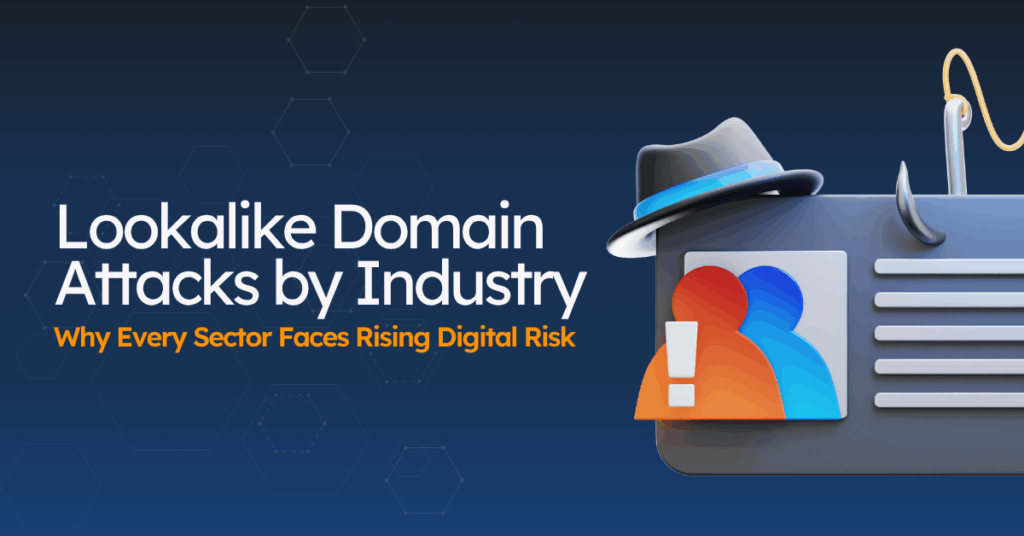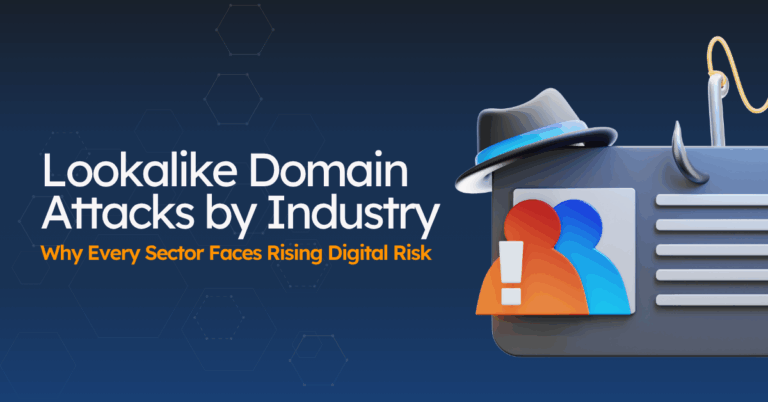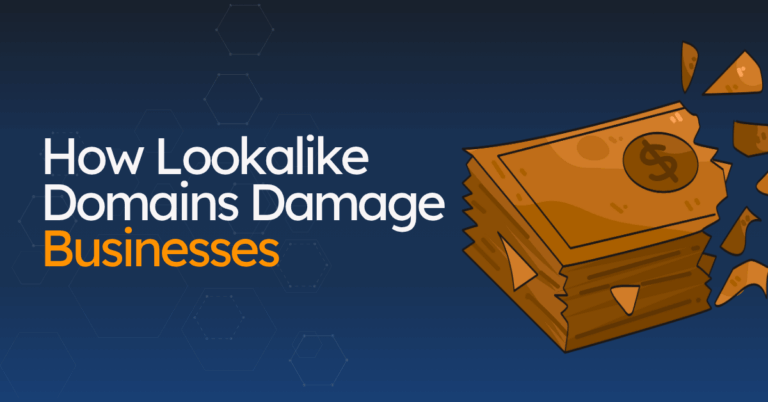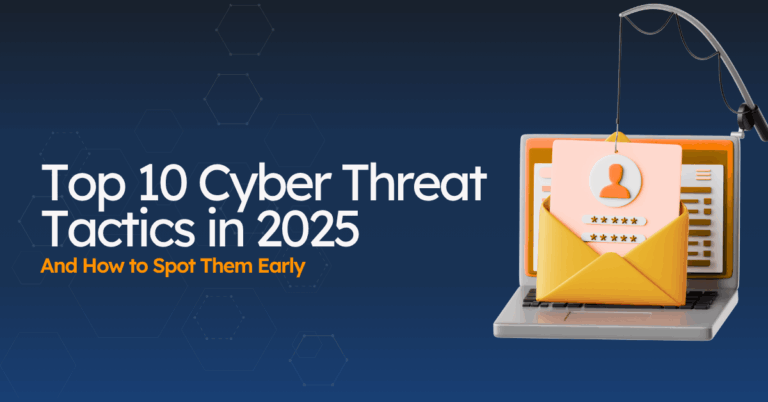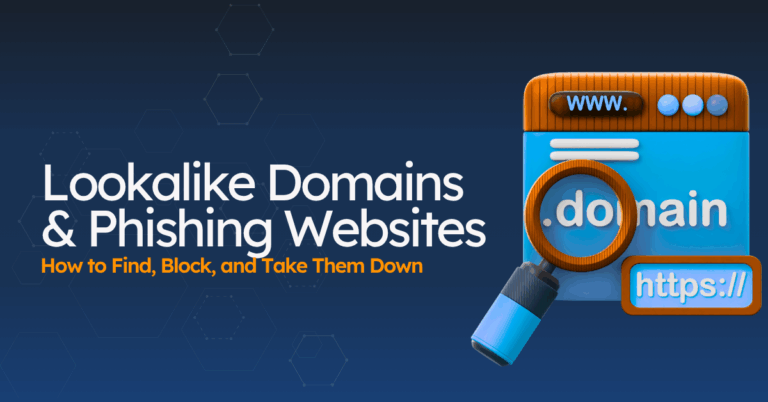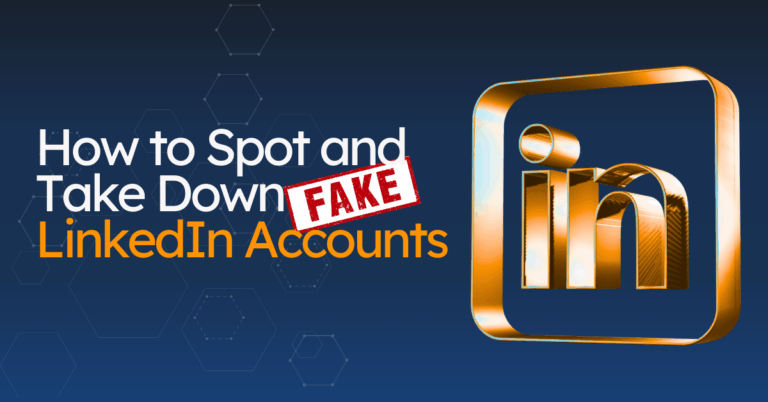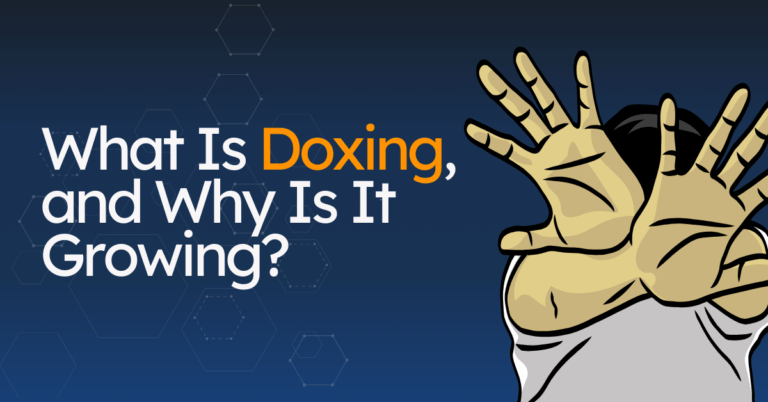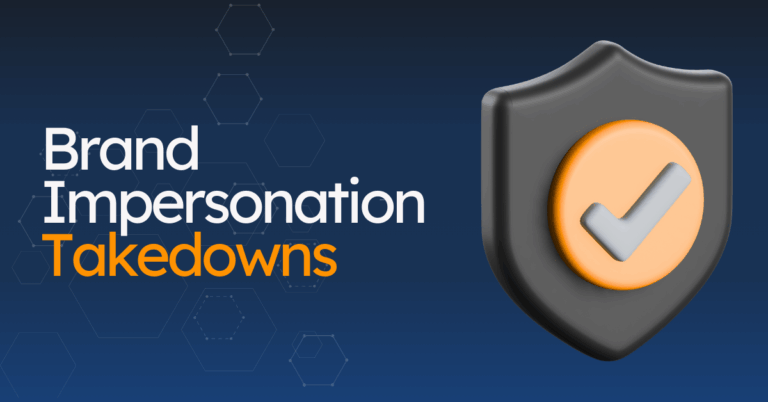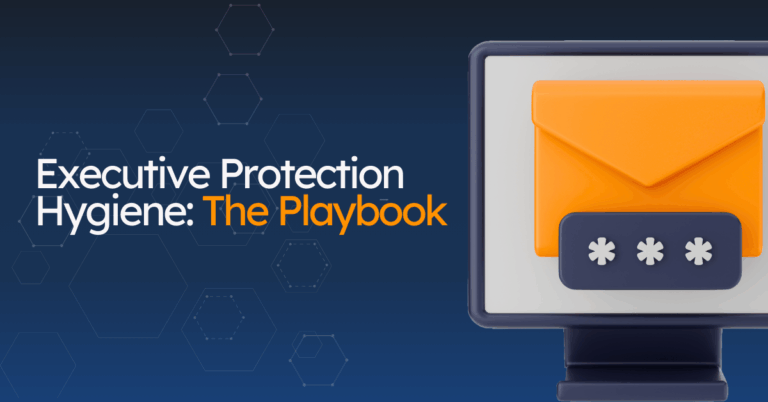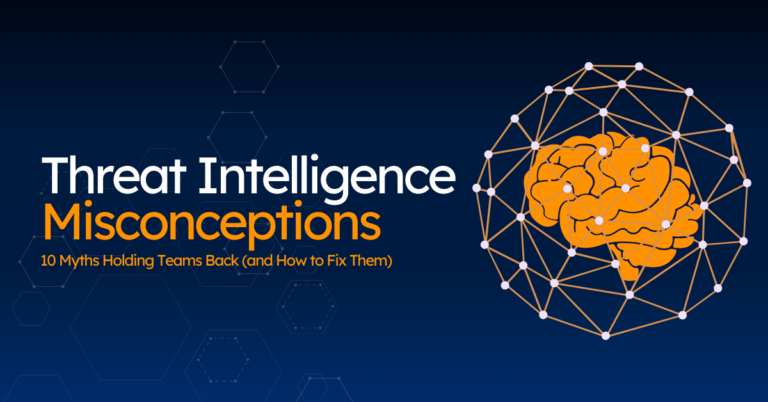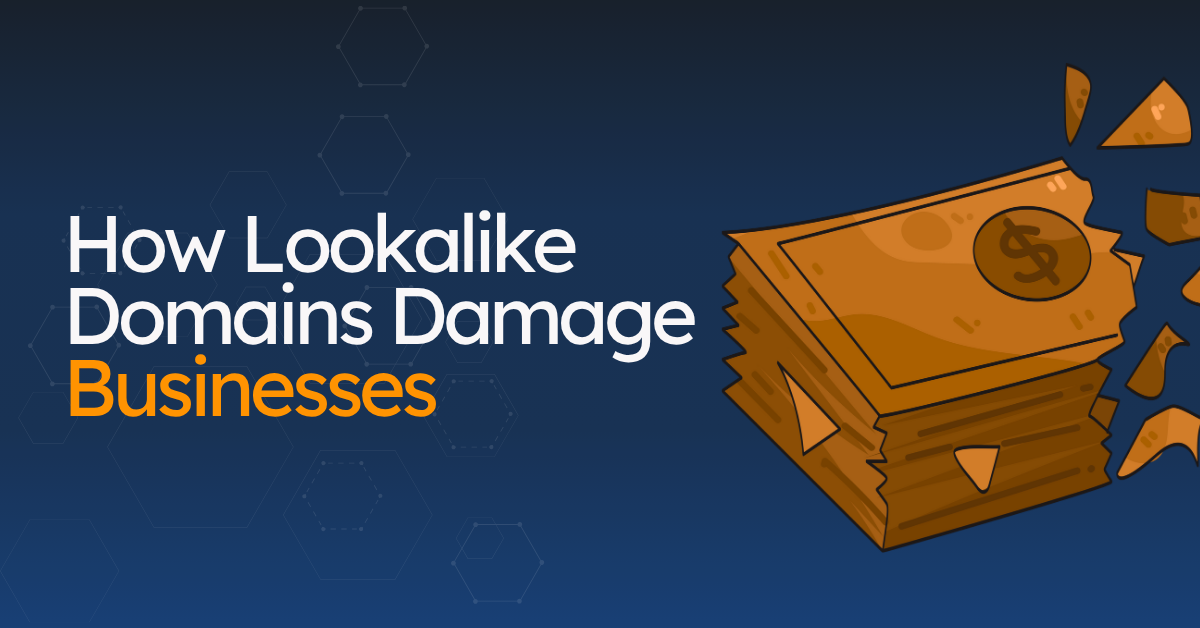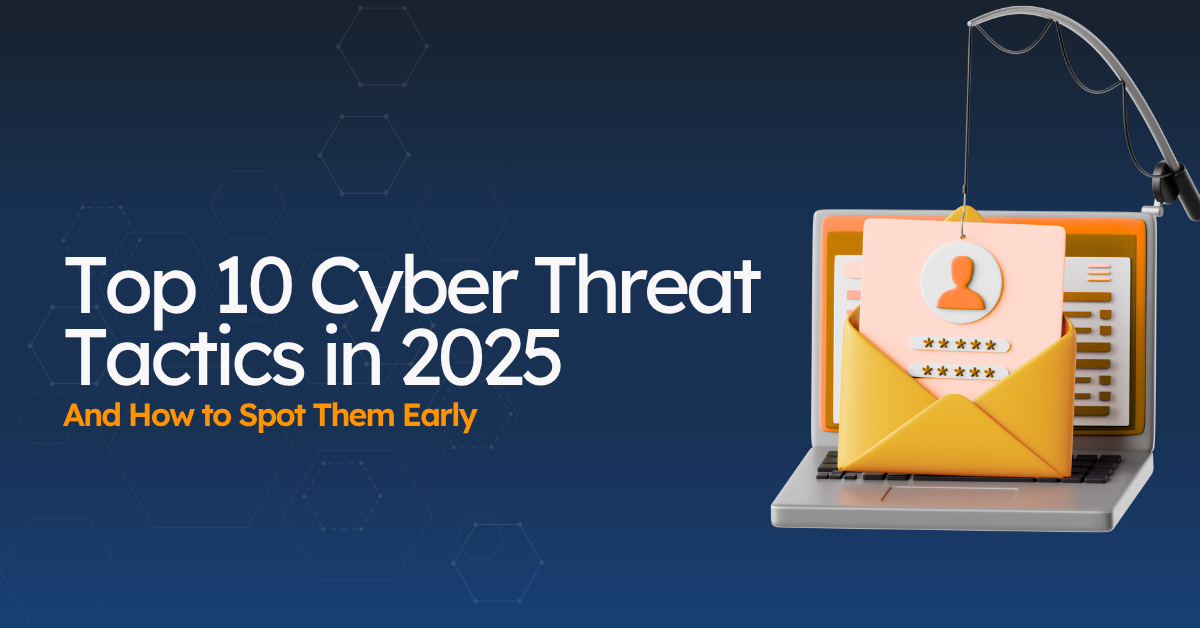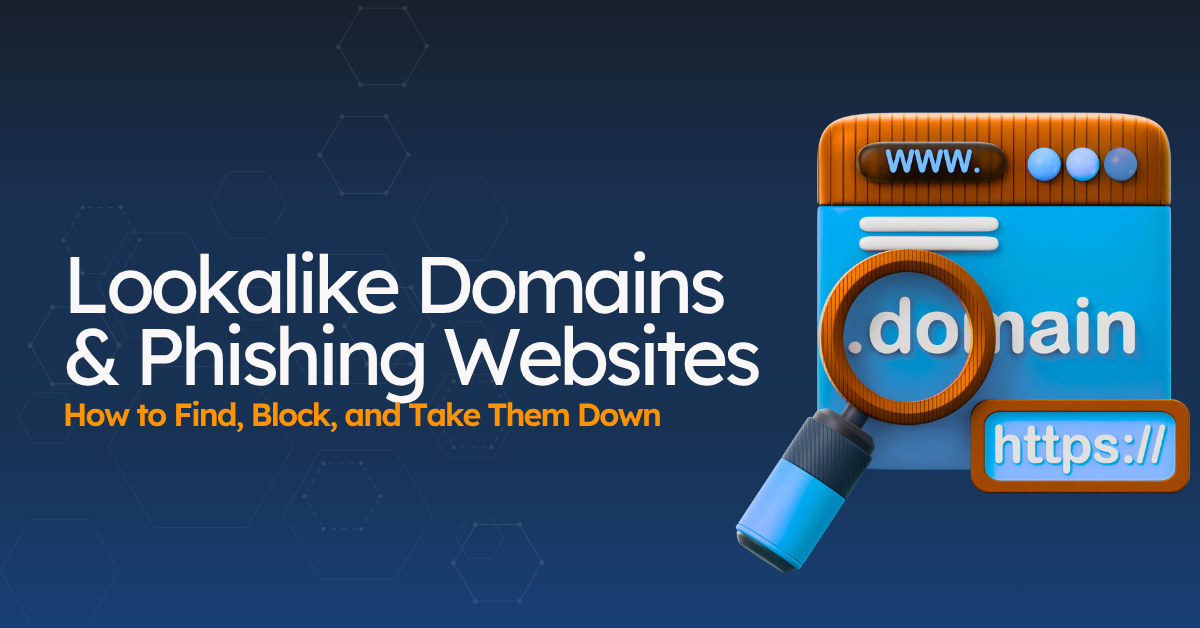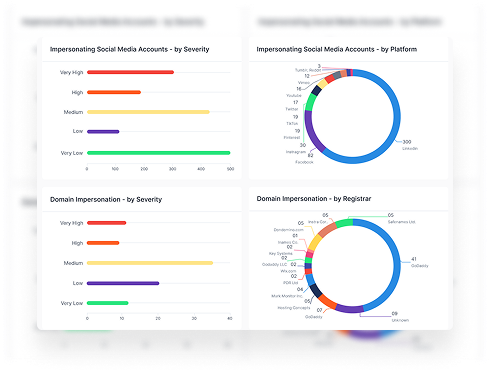How Lookalike Domains Damage Businesses
Lookalike domains and phishing websites disrupt trust, slow operations, and yes, they cost real money.
One impersonated site or phishing email can set off a chain reaction across your business.
Here are some examples:
1. Tangible Costs
The first hit is financial.
- Fake invoices and rerouted payments, customers get scammed with money.
- Refunds, legal fees, and investigations pile up after discovery.
- Insurance rarely covers these losses if the transfer was “approved”.
For many companies, even a single attack can mean a six-figure loss before recovery starts.
2. Human and Reputational Damage
Customers and partners who fall for an impersonated version of your brand often blame you. Track customers’ sentiment with Social Media and News Monitoring.
That lost trust is hard to rebuild and can slow growth for months.
Inside the company, employees feel pressure and hesitation. Teams spend hours verifying every message, worried they’ll make the next mistake.
3. Operational Slowdown
IT resets accounts, finance checks transfers, legal manages reports, and support fields calls from affected users.
What happens?
Projects pause, priorities shift, and morale drops. Even after systems are safe again, the fear and doubt are still there.
You can use a Digital Risk Score to better understand the impact of threats on your business.
Why This Matters Across Industries
The type of damage changes depending on your sector, but the pattern is the same everywhere.
Lookalike domains weaponize trust. They make what feels familiar dangerous and turn routine communication into risk.
(For a deep dive: How Lookalike Domains Damage Businesses)

Why Small and Medium Businesses Are Most Vulnerable
When it comes to lookalike domain attacks by industry, small and medium-sized businesses carry the biggest risk. Attackers see them as the easiest way in… less guarded, quick to react, and often without the tools to spot threats outside of their perimeter.
Here are some of the reasons:
1. Limited Defences, Bigger Damage
Most SMBs rely on small IT teams or shared security providers. That makes broad monitoring tough.
- They don’t track new domain registrations or detect fake websites fast enough.
- Security tools often focus on firewalls and antivirus, not impersonation.
- There’s rarely a plan for how to report and take down phishing websites once they appear.
When an attack lands, the same small team has to fix everything, from refunding customers to resetting accounts, while still keeping the business running.
2. Hidden Supply Chain Risk
Attackers often use small businesses as stepping stones to reach larger partners or clients. If your systems get compromised, you may unintentionally expose others, risking contracts and reputation in the process.
3. Insurance Doesn’t Help Much
Cyber insurance sounds like protection, but it rarely covers the type of fraud caused by lookalike domains.
- “Voluntary transfers,” when staff send money to what looks like a real account, are excluded.
- Policies often have strict conditions that many SMBs don’t meet.
- Payouts are limited and arrive long after the damage is done.
4. One Attack Can Threaten Survival
Unfortunately, a single lookalike domain can push an SMB into crisis mode.
- Losing one major client can mean losing cash flow.
- Regulatory fines or refund costs can eat months of revenue.
- Rebuilding trust with customers takes longer than the financial recovery.
Attackers know this.
That’s why they use SMBs to test and refine new phishing methods before turning them on larger brands.
Where Lookalike Domains Hit Hardest: Industry Breakdown
Lookalike domains don’t strike every industry evenly.
Every sector faces different weak points, but the goal is the same: to steal money, data, or trust.
Below are lookalike domain attacks by industry:
1. Financial Services: The Prime Target
Banks, credit unions, and fintech firms remain the top victims of impersonated domains.
Attackers know customers will act fast when they believe a message comes from their financial institution.
- Fake payment requests and cloned banking portals trick both staff and customers.
- Wire transfers often move before detection, making recovery impossible.
- Regulators step in fast, increasing reporting and compliance pressure.
More than 30% of customers leave their bank after a major fraud event. For financial brands, every phishing website or fake domain translates directly into lost trust and revenue.

Technology and SaaS: The Chain Reaction
For tech companies, lookalike domains cause damage far beyond a single brand.
Attackers steal credentials from one SaaS platform, then use them to access dozens of connected partners.
- A single compromised login can lead to massive data exposure.
- Spoofed vendor emails spread through integrations, creating supply chain risk.
- Breaches ripple outward… what starts with one startup can end with a global enterprise.
The most impersonated brands in the world, Microsoft, Google, and Meta, prove how valuable stolen credentials can be.
Healthcare and Legal: The Cost of Sensitivity
These sectors carry some of the most damaging consequences from lookalike domain attacks.
Personal data here is, of course, private, but more importantly, it’s protected by strict law.
In healthcare, attackers clone patient portals, billing sites, or staff logins. These phishing websites collect medical records, insurance numbers, and IDs that can be sold for ten times the price of credit card data on the dark web.
- Fake appointment links and payment forms mislead patients into entering real details.
- Hospitals risk HIPAA violations for any leak, even if caused by an external impersonation.
- Recovery isn’t just about cleanup; it often means legal notices, lawsuits, and lasting loss of patient trust.
Law firms face a different kind of exposure. Their value lies in confidentiality and credibility.
When an attacker uses an impersonated domain to reach clients or partners, it can:
- Trick clients into wiring settlement funds to fraudulent accounts.
- Leak privileged information from cloned case portals or shared drives.
- Damage a firm’s reputation for integrity, which is often its greatest asset.
In both industries, one successful impersonation can echo for years… through lawsuits, regulatory scrutiny, and trust that never fully returns.
Manufacturing and Supply Chain: Attacking the Process
Attackers use spoofed domains to send fake purchase orders, vendor updates, or payment requests.
One convincing email can stop production, delay shipments, or reroute millions in payments.
- Fake purchase orders and updated “banking details” lead to diverted payments.
- Delays in verifying requests cause shipment disruptions and slow down production.
- Real vendors still expect payment, leaving businesses to cover both losses.
- The result: project delays, financial loss, and strained business relationships.
Unfortunately, this industry faces the perfect storm: large payments, multiple vendors, and limited verification steps.
Retail, Insurance, and Wholesale: Scale and Speed
High transaction volumes make these industries perfect for automation-based scams.
Attackers clone websites and create fake customer support pages that steal data at scale.
- Phishing websites mimic store pages, loyalty programs or refund forms.
- Insurers face fake claim requests and policy renewals.
- Retailers lose customer trust as scam accounts appear on social media.
Each fake offer or discount email damages credibility, even if the company isn’t directly at fault.
Education and Nonprofits: The Soft Targets
Universities, schools, and charities have large audiences but limited security.
Attackers exploit different emotions, such as trust, urgency, or empathy, to make scams believable.
- Donation fraud through spoofed domains pretending to be official campaigns.
- Phishing emails sent to parents, students, or alumni asking for urgent payments.
- Compromised accounts are reused to reach even more victims.
For nonprofits, the biggest loss isn’t just money, it’s trust from donors and the community.
Every industry faces the same truth: lookalike domain attacks exploit human trust, not just technology gaps.

Why the Fear Keeps Growing
The fear around lookalike domains is just growing… it’s becoming more accessible, simpler, and cheaper.
New tools, new habits, and new attack surfaces make every company more exposed than they were even a year ago.
Here’s what’s driving that rise:
1. AI Supercharges Every Attack
Artificial intelligence has turned impersonation into a scalable business.
Attackers no longer need language skills or technical depth, they let AI write and send thousands of convincing messages in seconds.
- AI-generated emails read naturally and are trained to avoid obvious red flags.
- Deepfake voice and video tools now clone executives or customer support staff.
- Chatbots and automated phishing kits allow personalized scams that respond in real time.
A 2025 analysis by Hornet Security found AI-generated phishing campaigns have increased by more than 1,200% since the first commercial AI writing tools launched.
The result?
Well, the impersonations feel much more personal, sound authentic, and fool even trained employees and customers.
2. The Detection Gap Keeps Widening
Most companies take months to detect a phishing website or spoofed domain targeting their brand.
By the time it’s reported, the damage is already done.
- Lookalike domains often sit there for weeks before going live.
- Some get indexed by search engines or shared on social media, making them appear legitimate.
- Phishing sites hosting on lookalike domains get detected in an average of 4.5 days, but sophisticated brand impersonation campaigns go undetected for weeks.
This lag gives attackers a long window to operate, stealing data, redirecting payments, or hurting customer trust while staying under the radar.
3. Remote and Hybrid Work Widen The Surface
As you know, remote work has blurred the line between personal and professional spaces.
Employees use home networks, personal devices, and multiple communication tools, all outside strict IT control.
Guess what? Of course, attackers know this.
They send phishing links through chat platforms, SMS, or fake meeting invites that mimic internal systems.
Distraction plays a big role, too.
Working from home means multitasking, less oversight, and quicker clicks… exactly what attackers count on.
4. Every Channel is Now a Target
Email isn’t the only problem anymore.
Attackers use every digital surface they can find to launch lookalike domain scams.
- Paid ads that copy brand names or URLs.
- Social media profiles posing as customer support.
- QR codes linking to cloned portals or payment forms.
- Fake mobile apps that mirror legitimate interfaces.
A single campaign can reach victims across multiple platforms at once, making detection and takedown far more complex.
5. Third-Party and Supply Chain Exposure
Even if your internal defences are strong, partners and vendors might not be.
Attackers use spoofed domains to impersonate suppliers, contractors, or logistics partners, slipping through trusted communication channels.
A phishing link in one vendor’s email can give attackers access to invoices, credentials, or customer lists shared across the chain.
That’s why many large breaches in 2025 have started with smaller, third-party compromises rather than direct hacks.
In summary:
The fear keeps growing because attackers are faster, smarter, and more connected than ever.
The more your business relies on digital communication (which we all do), the more ways they can reach you.
The solution isn’t panic, it’s awareness, automation, and constant visibility into where and how your brand appears online.
The Bottom Line
By now, one thing is clear: lookalike domains aren’t a niche threat.
They affect everyone, from startups and nonprofits to banks and global manufacturers.
Attackers don’t pick targets by size. They look for opportunity. And opportunity often lives where teams are stretched thin, or where brand visibility has outgrown security visibility.
Turning Visibility Into Control
It’s obvious, but you can’t stop what you can’t see.
The first step toward protection is knowing when your brand, executives, or products appear in the wrong places, such as cloned websites, social media, or malicious domains.
That’s where Styx Intelligence makes a difference.
Styx helps you monitor and detect lookalike domains, spoofed websites, and impersonated profiles across the open web, social media, and dark web, before they reach your business or customers.
Here’s how leading teams use Styx to stay ahead:
- Identify what you own: Gain visibility over your entire digital footprint
- Detect threats early: Identify new domain registrations that mimic your brand as they go live.
- Respond ASAP: Automate takedowns of phishing websites and fake social accounts.
- Protect customers: Prevent fraud, scams, and data theft linked to brand impersonation.
- Strengthen resilience: Build trust by showing customers and partners that your brand takes security seriously.

